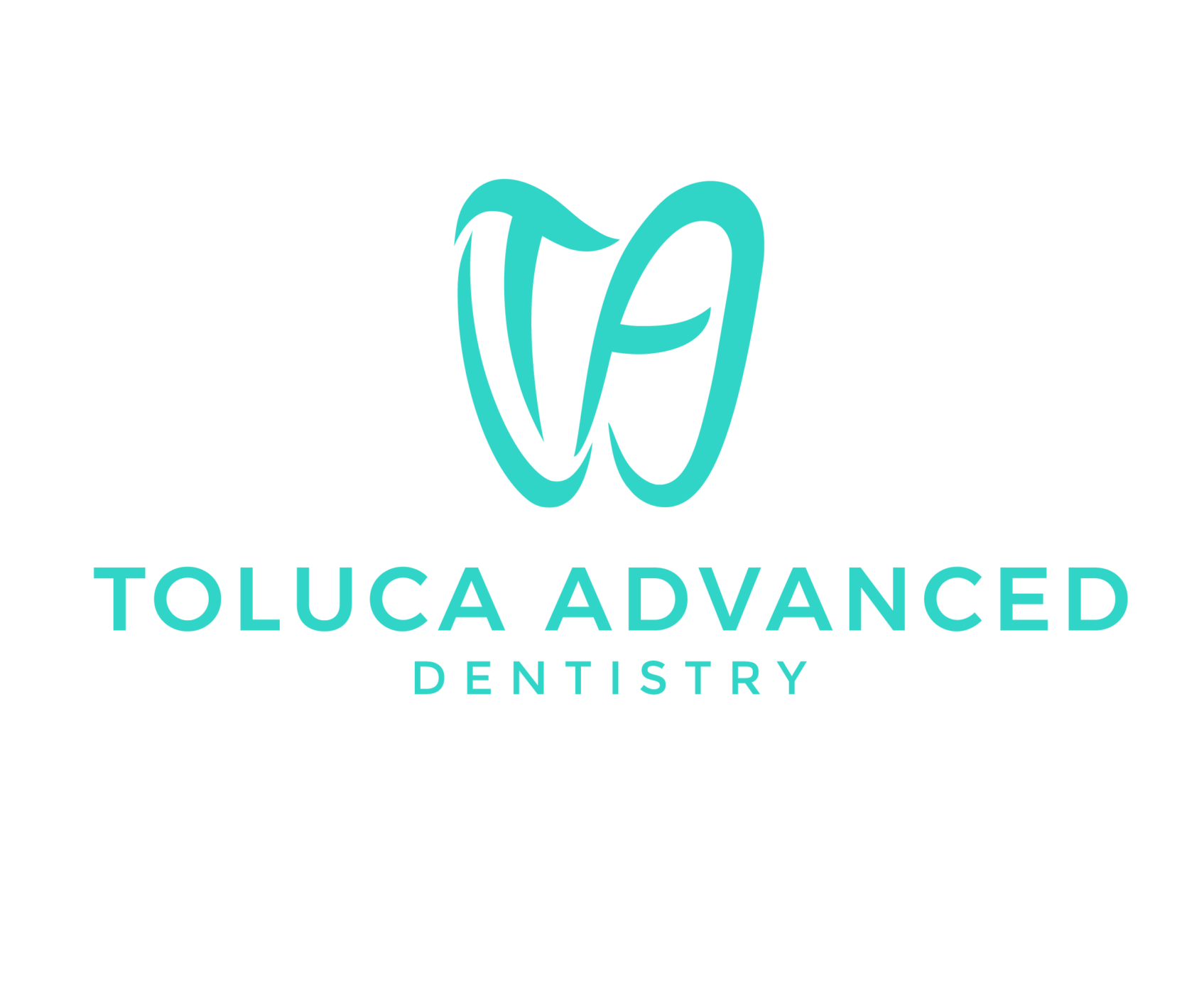The color of the gums is different in each person. Black gums and other changes in gum color can be caused by disease, medication, smoking or other lifestyle factors. Gums are hard tissues that hold teeth in place. They can be red or pink, brown or black.
Oral health is essential for general health. Changes in the color of the gums can indicate a major problem in the health of the body, so the person should see a doctor to determine the cause because blackening of the gums threatens the health of the person. Unfortunately, gingivitis is very common and needs treatment. Therefore, in this section of Namnak, we will examine the causes and treatment of gingival blackness.
What causes gingivitis?
Bruising:
The gums, like any other part of your body, can be damaged. Falling, eating sharp foods and even improper brushing and flossing can scratch the gums. Bruises on the gums are usually red or purple and sometimes dark brown or black. Bruising may be accompanied by bleeding and mild pain.
Bruising usually heals on its own without a doctor’s treatment. The progression of gingival bruising can be due to a condition called thrombocytopenia, which causes blood to clot. Bleeding from the nose and gums can also lead to bruising of the gums. You should see a doctor to determine the cause and appropriate treatment.
A blood cyst:
A fluid-filled cyst develops as a tooth grows. Sometimes the combination of blood and fluid indicates purple or black. As a result of a blow or fall, the cyst ruptures and blood flows out of it.
The rupture of cysts and glands occurs in both deciduous and permanent teeth in children. They usually go away after the teeth grow. If the tooth does not grow on its own, the dentist can open the cyst surgically to remove the tooth.
Filling teeth with metal materials:
When filling a tooth, metal deposits may stain the gums. Amalgam is a metal material used to fill teeth. Sometimes these particles are located around the filled tooth and cause stains on the soft tissue of the gums. Your doctor will usually diagnose amalgam stains by looking at your gums.
These non-removable materials are harmless and do not require treatment. To prevent black gums, ask your dentist to use a rubber barrier next time. This will separate your teeth from the gums during treatment.
Blue mole:
Blue spots are usually harmless, round or smooth. Flesh spots can look black or blue and look like freckles on the gums. The cause of blue spots is not known, but they often occur in childhood and adolescence and are more common in women.
Like dental fillings, a doctor can usually detect a blue mole just by looking at it. They do not normally need treatment. However, if it changes shape, color, or size, your doctor will take a cancer test by taking a sample.
Black spot:
Blackheads, like blemishes, fleas and ticks, are harmless and harmless. They can appear on different parts of your body, including the gums. Blackheads are usually 1 to 8 mm in diameter and have no other symptoms.
Doctors are unsure of the exact cause, as some people are born with it and others develop it during their lifetime. They can also be a sign of another condition, such as Addison’s disease or intestinal obstruction syndrome.
Blackheads do not need treatment, but if the shape, color, or size changes, your doctor may use a biopsy to diagnose cancer.
Melanin:
The body naturally produces melanin. Melanin is a substance that changes the color of the skin, hair and eyes. As the amount of melanin in the body increases, the hair, skin or eyes will become darker. The person may have black or brown gums due to high melanin in the body. If a person’s gums are always very dark, there is no reason to worry.
If the color of the gums changes over a short period of time, or if black patches appear on the gums, it is probably not due to the pigment and may be a sign of a disease that should be diagnosed by a doctor.
Smoking:
Smoking is another cause of gum discoloration. Specialized cells in the body called melanocytes produce melanin. Nicotine in tobacco can change the color of the inside of the cheeks and lower lip by increasing too much melanin.
Research shows a link between quitting smoking and reducing gum discoloration.


